Cluster seeders, especially those combined with fertilization, are considered a powerful "assistant" for rice growers. They are not only an effective solution to mechanize the sowing process, improving labor productivity, but also contributing to improving biological productivity, meeting the target of the 1 million hectare rice project in the Mekong Delta.
In the summer-autumn crop of 2024, the cluster rice seeding machine distributed by Saigon Kim Hong Company was used to implement the pilot model of the 1 million hectares of high-quality and low-emission rice project in Tra Vinh province (Phuoc Hao Cooperative, Phuoc Hao Commune, Chau Thanh District). Then, in the autumn-winter crop of 2024, the cluster rice seeding machine was put into use at Thang Loi Cooperative, Lang Bien Commune, Thap Muoi District (Dong Thap) and Thanh Nien Phu Hoa Agricultural Service Cooperative, Tan Hoi Commune (Tan Hiep, Kien Giang).
In particular, the model in Tra Vinh implemented 50 hectares with ST24 rice variety on Con Voi - Binh Duong organic fertilizer; in Dong Thap, the model implemented 24.5 hectares with OM18 rice variety on Dau Trau fertilizer. In Kien Giang , the model implemented 18 hectares with Dai Thom 8 rice variety on Binh Dien II fertilizer.
The models are implemented according to the technical process of producing high-quality and low-emission rice in the Mekong Delta, ensuring to meet the requirements of the 1 million hectare rice project approved under Decision No. 1490/QD-TTg dated November 27, 2023 of the Prime Minister .
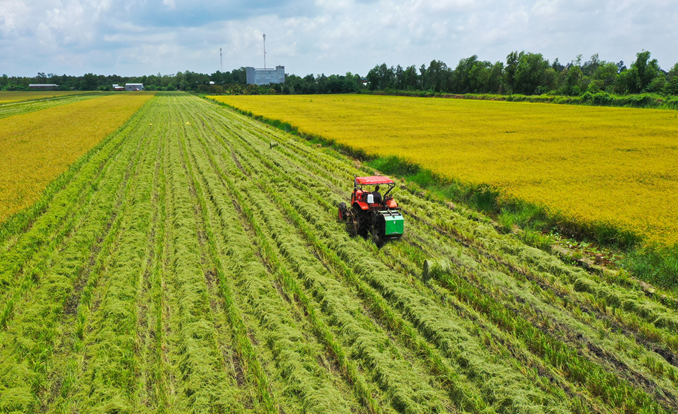
Two pilot models in Tra Vinh province implemented under the Project "Sustainable development of one million hectares of high-quality and low-emission rice cultivation associated with green growth in the Mekong Delta by 2030" have just been harvested.
The model sites in Tra Vinh, Dong Thap and Kien Giang have been inspected, summarized and evaluated by the Department of Crop Production together with units under the Ministry in coordination with localities, showing that the results achieved at the model sites are truly remarkable, especially the technical results have met and exceeded all the project's targets.
Specifically: The amount of seed used for sowing is only 60 kg/ha (Tra Vinh) - 70 kg/ha (Dong Thap, Kien Giang). The average amount of seed is 64.6 kg/ha, lower than the average amount of seed used for broadcast production of 81 kg/ha (a 55.7% reduction in the amount of seed used), meeting the target of seeding according to the Project by 2030 of less than 70 kg/ha.
Amount of pure macronutrient fertilizer (N, P2O5 , K2O ): Due to sparse sowing, the need for mineral nutrients is reduced, so the model only uses from 144 - 147 kg/ha (Tra Vinh, Kien Giang) to 177 kg/ha (Dong Thap), an average of 153 kg/ha, lower than the total amount of fertilizer used in production, an average of 97.4 kg/ha (a decrease of 38.9% of the total amount of fertilizer used).
Number of times spraying pesticides: Due to sparse sowing, full sunlight in rice fields and low use of fertilizers, especially nitrogen fertilizers, the model reduces pest pressure quite clearly, spraying pesticides only 5 times (Tra Vinh), 6 times (Kien Giang) to 7 times (Dong Thap). On average, pesticides are sprayed 5.7 times/crop, lower than the average number of sprays in production of 2.6 times/crop (reduced by 31.2% of the number of sprays).
Accordingly, the rice model in Tra Vinh has been granted a product certificate that meets VietGAP standards and has a selling price 350 VND/kg higher than rice in the region.
As for nitrogen fertilizer, the model sites only used 66 - 67 kg/ha (Kien Giang, Tra Vinh) to 80 kg/ha (Dong Thap), an average of 70.2 kg/ha, lower than the average amount of nitrogen fertilizer used in production of 57.6 kg/ha (a 45.1% reduction in nitrogen used).
Production cost: From 18,059,000 - 18,712,000 VND/ha (Dong Thap, Kien Giang) to 22,380,000 VND/ha (Tra Vinh), average 20,521,746 VND/ha, lower than the average production cost of 3,097,486 VND/ha (reduced 13.1% of production cost). This is really meaningful in the context of increasing material prices.
Rice yield: Although the climate and weather were unfavorable at the end of the summer-autumn crop and throughout the autumn-winter crop, with little rain but heavy and prolonged rainfall, accompanied by storms and strong winds, making it difficult to care for and harvest rice, but with strict and timely implementation of production guidance solutions, rice yield was still guaranteed from 46.8 quintals/ha (Kien Giang), 58.8 quintals/ha (Dong Thap) to 66 quintals/ha (Tra Vinh). The average was 61 quintals/ha, higher than the average non-production rice yield of 3.1 quintals/ha (an increase of 5.3% in rice yield).
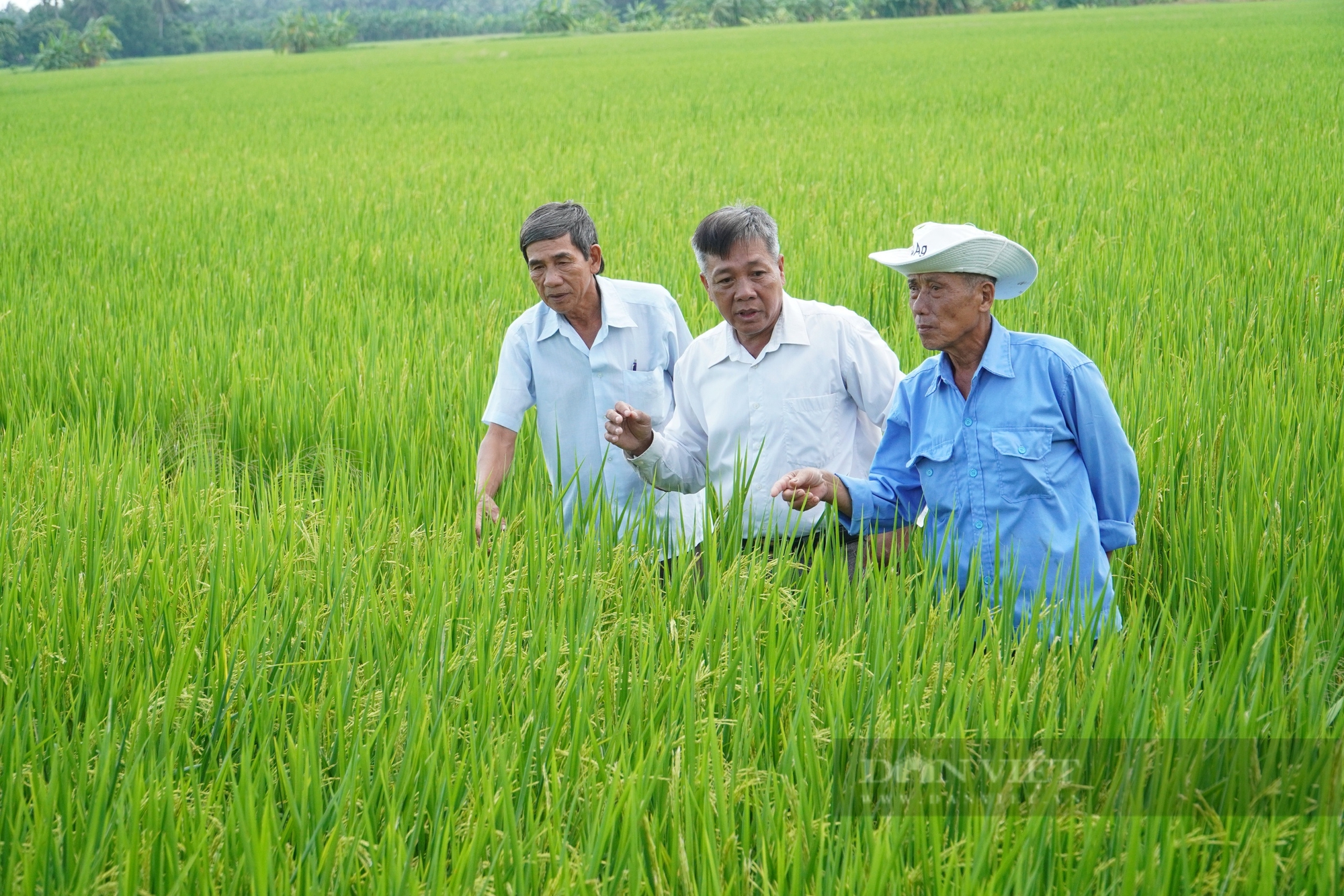
The pilot model of the project of 1 million hectares of high-quality, low-emission rice is being implemented at Hung Loi agricultural cooperative, Long Duc commune, Long Phu district, Soc Trang province. Photo: Huynh Xay
Profit and profit margin: With an average increase in rice yield of 5.3%, production costs decreased by an average of 13.1% compared to non-production, so profits were achieved from 20,732,000 VND/ha (Kien Giang), 32,852,554 VND/ha (Dong Thap) to 45,570,000 VND/ha (Tra Vinh), an average of 37,368,255 VND/ha, higher than the average non-production profit of 6,455,920 VND/ha (an increase of 20.9% in profit).
This figure shows that the profit margin has reached 64.6%, exceeding the target of 50% of the project. Rice production cost: From 2,941 VND/kg of rice (Dong Thap), 3,391 VND/kg (Tra Vinh) to 3,998 VND/kg (Kien Giang), an average of 3,362 VND/kg, lower than the average rice production cost outside production by 713 VND/kg (a 17.5% reduction in rice production cost).
Emission reduction: Emissions of 5.36 tons CO2e /ha (Tra Vinh), 6 tons CO2e /ha (Kien Giang), 6.41 tons CO2e /ha (Dong Thap), an average of 5.76 tons CO2e /ha, lower than the average non-production emissions of 6.99 tons CO2e /ha (a 54.8% reduction in emissions).
A point to note in the cultivation process is that all 3 model sites drain water 3 times during the crop, but the Tra Vinh site uses less fertilizer so emissions are also lower.
The above results were highly appreciated by the leaders of the Ministry of Agriculture and Rural Development, localities and producers at the summary conferences. All of them saw that the results of the pilot models in Tra Vinh, Dong Thap and Kien Giang met the requirements (technically) of the 1 million hectare rice project.
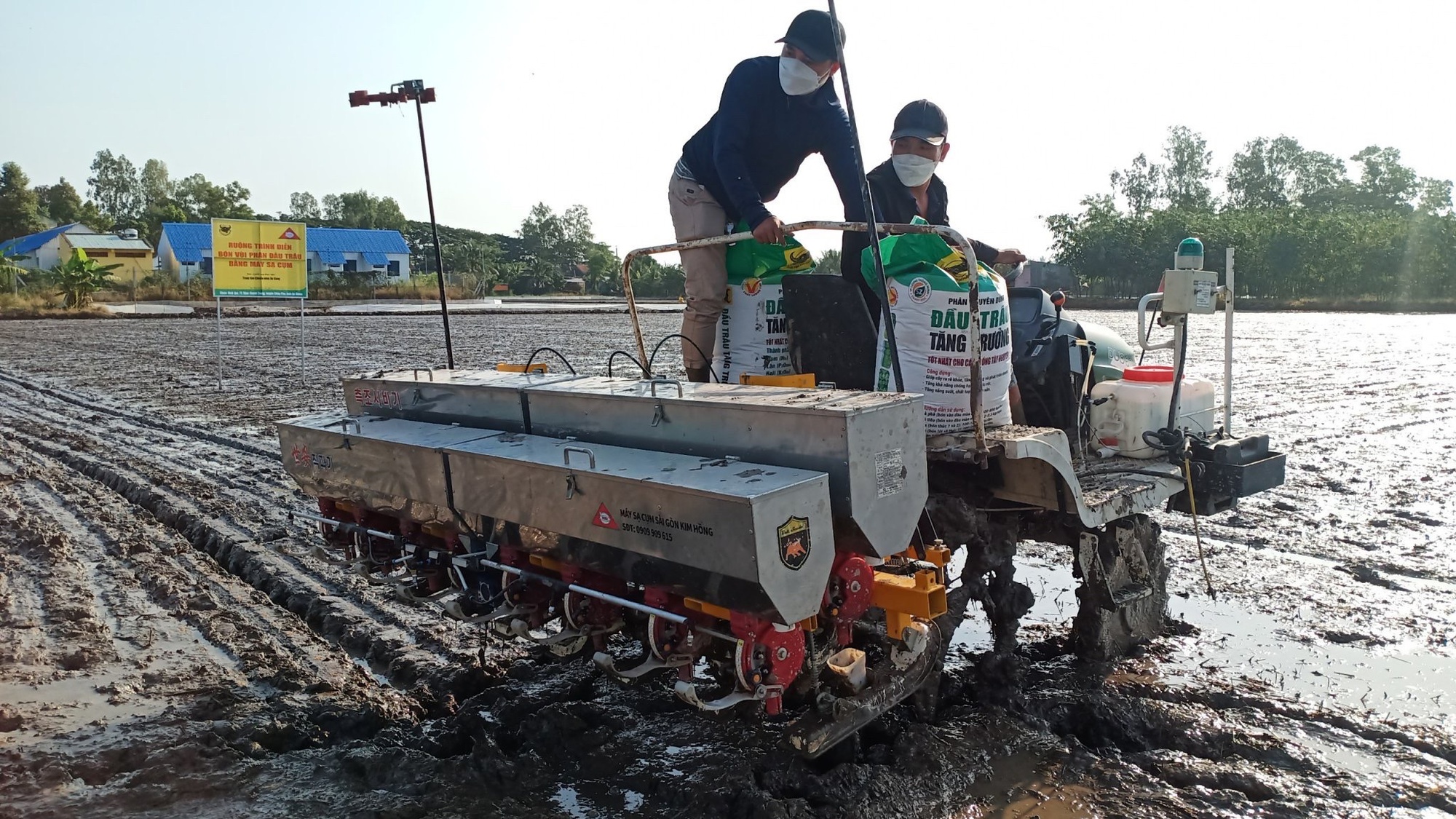
The Saigon Kim Hong cluster seeder combines “3 in 1”, can sow, fertilize and spray germicide on rice fields at the same time, bringing optimal efficiency. Photo: V. Đ
Economic efficiency of rice production in particular and sustainable rice cultivation in general will achieve high results if the requirements in a synchronous technical package, including many factors, are seriously and fully implemented: Varieties, mineral nutrition, plant protection, cultivation measures...
We can also affirm that the first and most important highlight of the synchronous technical package in the current state of technical progress in rice production is to reduce seeds. Because, reducing seeds, using only a small amount of seeds, people have the opportunity to use good, high-quality seeds, and more importantly, from reducing the amount of seeds used, it leads to reducing the amount of fertilizers and pesticides, reducing environmental pollution, improving rice productivity and quality, reducing emissions...
In fact, the policy of reducing the amount of seed sown has existed for a long time, and along with the policy of reducing the amount of seed sown is the policy of promoting mechanization of rice production, in which special attention is paid to mechanization of the seeding stage, because this is currently the weakest stage according to the goal of synchronous mechanization of rice production. Moreover, mechanization of the seeding stage can contribute to reducing the amount of seed sown.
In the above correlation, the transplanter has recently been considered a device that can accompany the policy of reducing the amount of seeds sown, promoting the mechanization of the seeding stage by transplanting machine, contributing to promoting the implementation of the policy of reducing the amount of seeds sown, reducing the amount of fertilizers and pesticides used... However, up to now, the transplanter has not been produced and accepted as an effective solution to serve the mechanization of the seeding stage.
The reason is that the cost of investing in purchasing equipment is too high (many pieces of equipment must be purchased in a synchronized manner to operate, including: transplanters, soil grinders, seeders, seedling trays, seedling care areas, etc.). Due to the high investment cost, the cost of planting services is too high compared to current sowing practices (due to the need to go through the sowing and tray care stages). The rice fields in many localities are muddy, not ensuring the hardness for the transplanter to operate.
Unlike transplanters, cluster seeders can overcome the above limitations. Specifically, farmers do not need to invest in a complete cluster seeder system with a large budget, but only need to invest in the working part (the part that sows rice in clusters) with a suitable budget to connect with soil preparation machines, such as large plows, small tillers/ten hen machines..., which are all types of machinery commonly used in the region.
And so, farmers can use these "grafting machines" to both prepare the soil and serve the needs of sowing seeds, reducing the initial investment cost of synchronous equipment and increasing the operating time of previously invested machinery.
In addition, the cluster seeder also has a higher working capacity (6-8-10 ha/day depending on the type) compared to the transplanter which only reaches 3-4 ha/day, helping to speed up the concentrated sowing schedule, avoiding planthoppers which is a requirement of rice production in the Mekong Delta.
In this sense, it can be said that the cluster seeder has made a "revolution" in reducing the amount of rice seeds sown today, something that the agricultural sector and many localities have initiated for many years, but the results are still beyond expectations.
Source: https://danviet.vn/may-sa-cum-tro-thu-dac-luc-cua-nong-dan-dap-ung-tot-muc-tieu-de-an-1-trieu-ha-lua-chat-luong-cao-20241106021254035.htm



![[Photo] Prime Minister Pham Minh Chinh chairs the conference to review the 2024-2025 school year and deploy tasks for the 2025-2026 school year.](https://vstatic.vietnam.vn/vietnam/resource/IMAGE/2025/8/22/2ca5ed79ce6a46a1ac7706a42cefafae)

![[Photo] President Luong Cuong receives delegation of the Youth Committee of the Liberal Democratic Party of Japan](https://vstatic.vietnam.vn/vietnam/resource/IMAGE/2025/8/22/2632d7f5cf4f4a8e90ce5f5e1989194a)





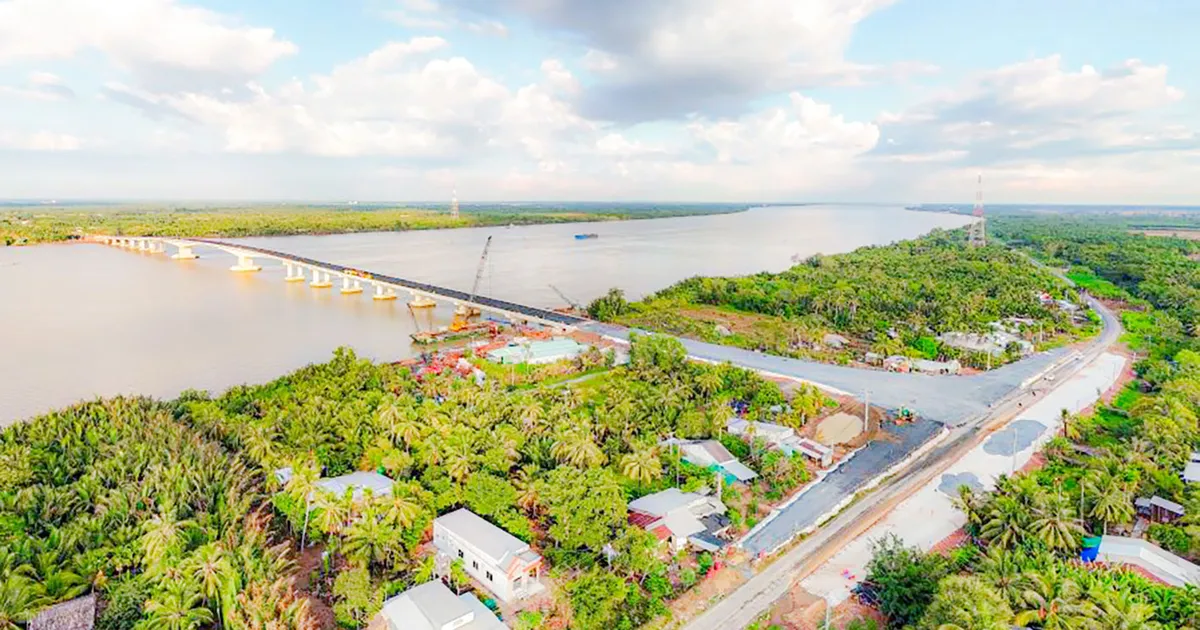



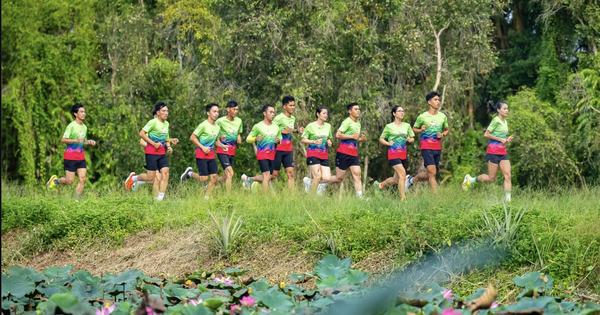

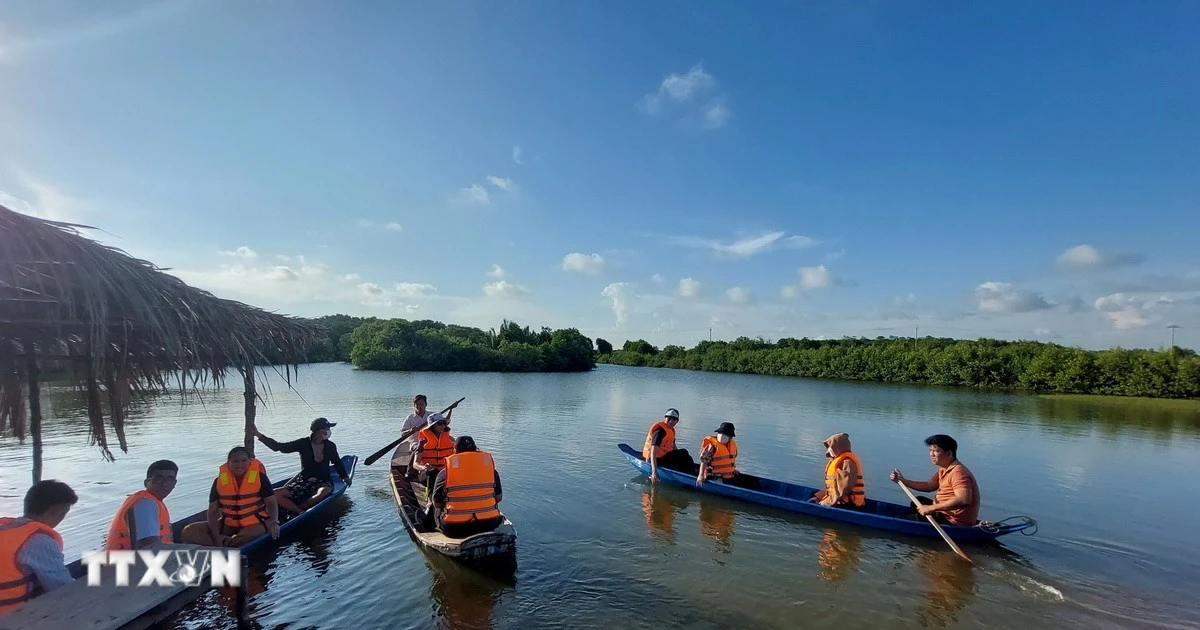
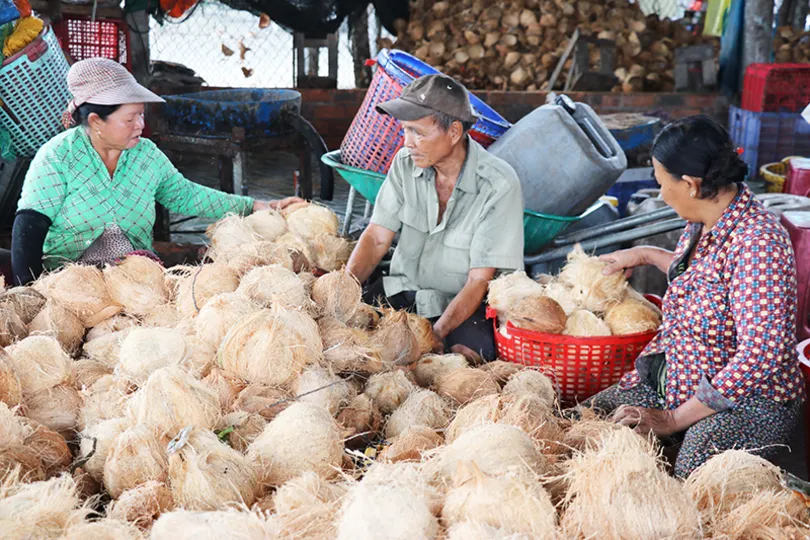

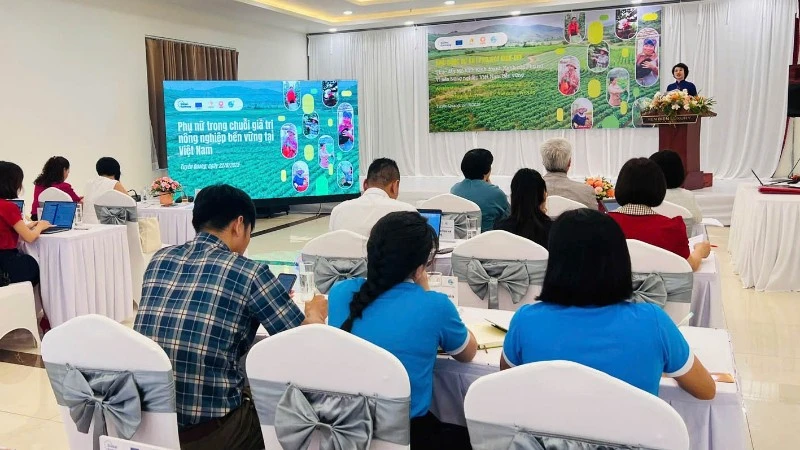

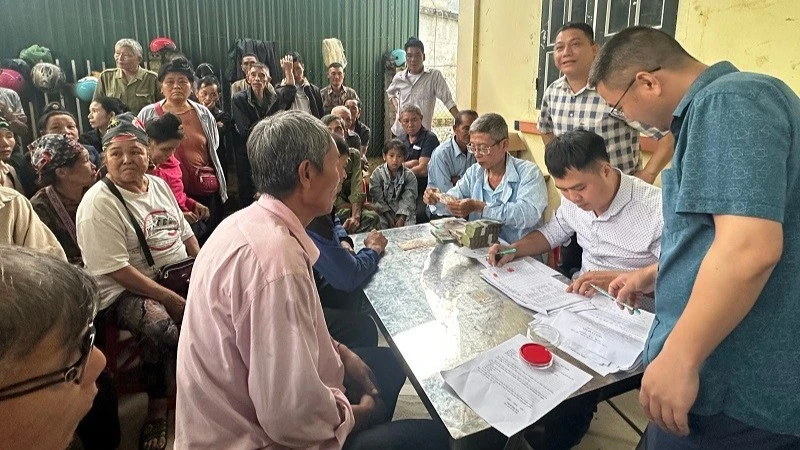
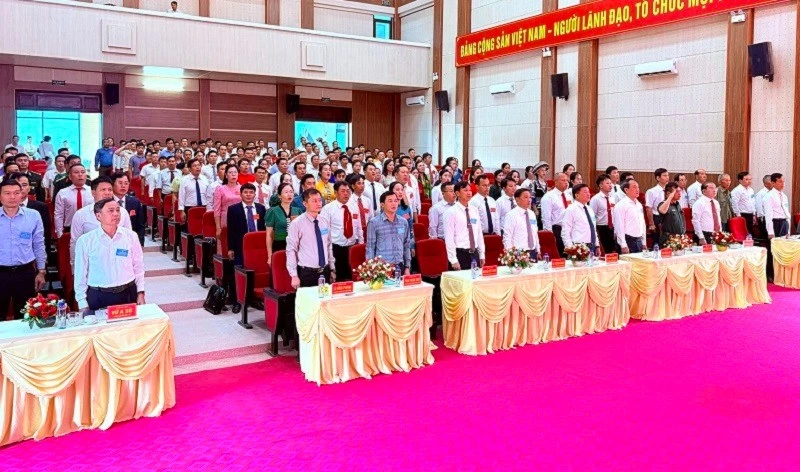
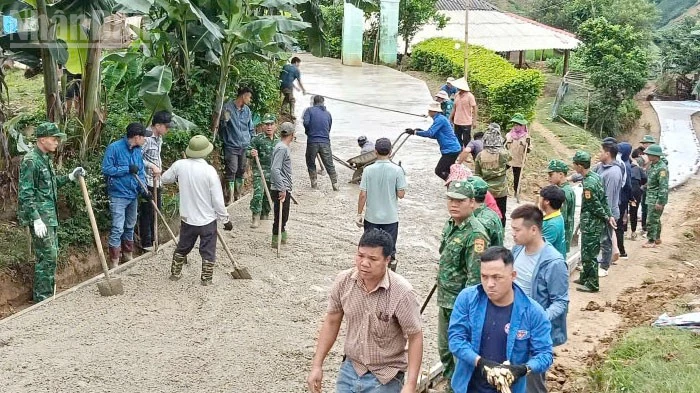
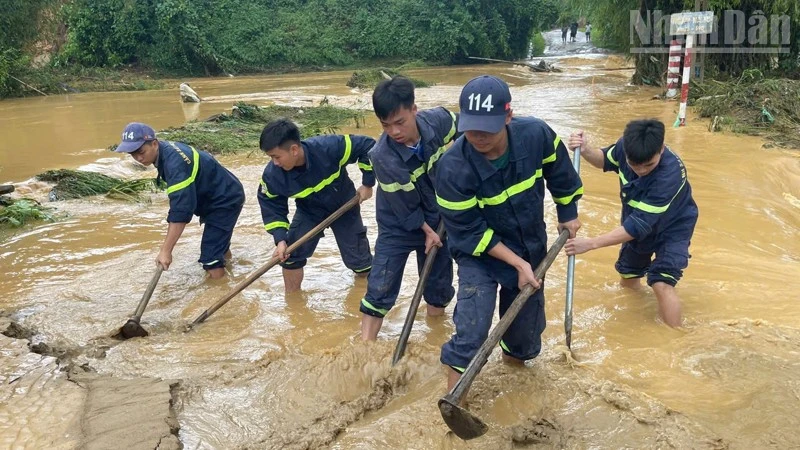
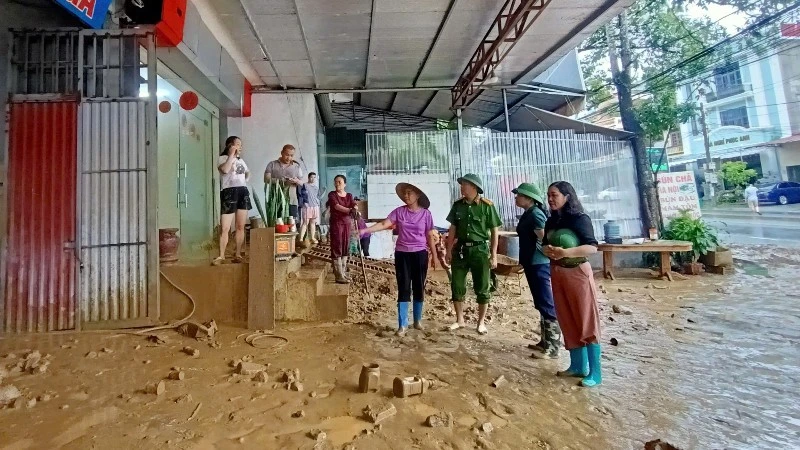



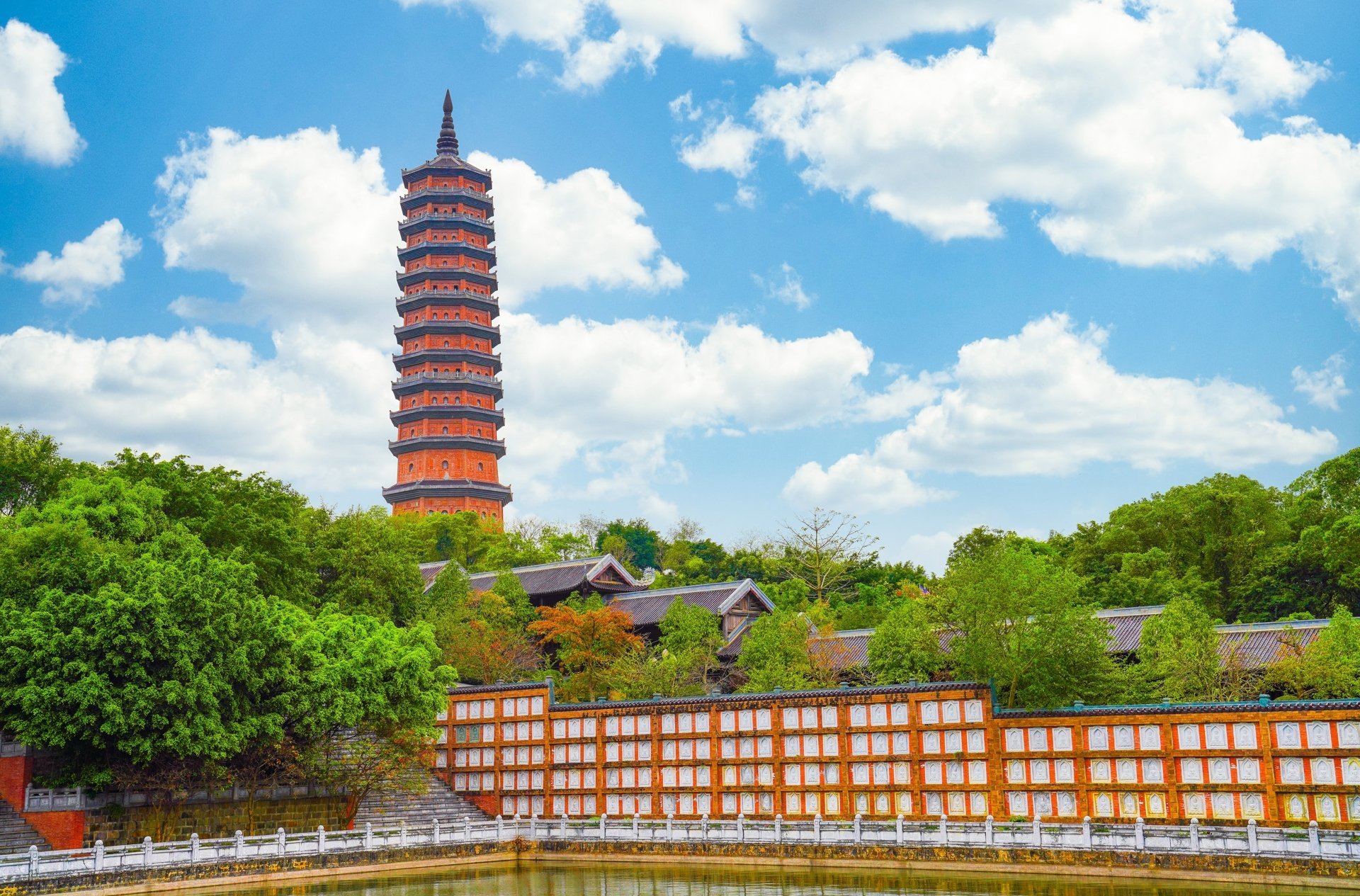

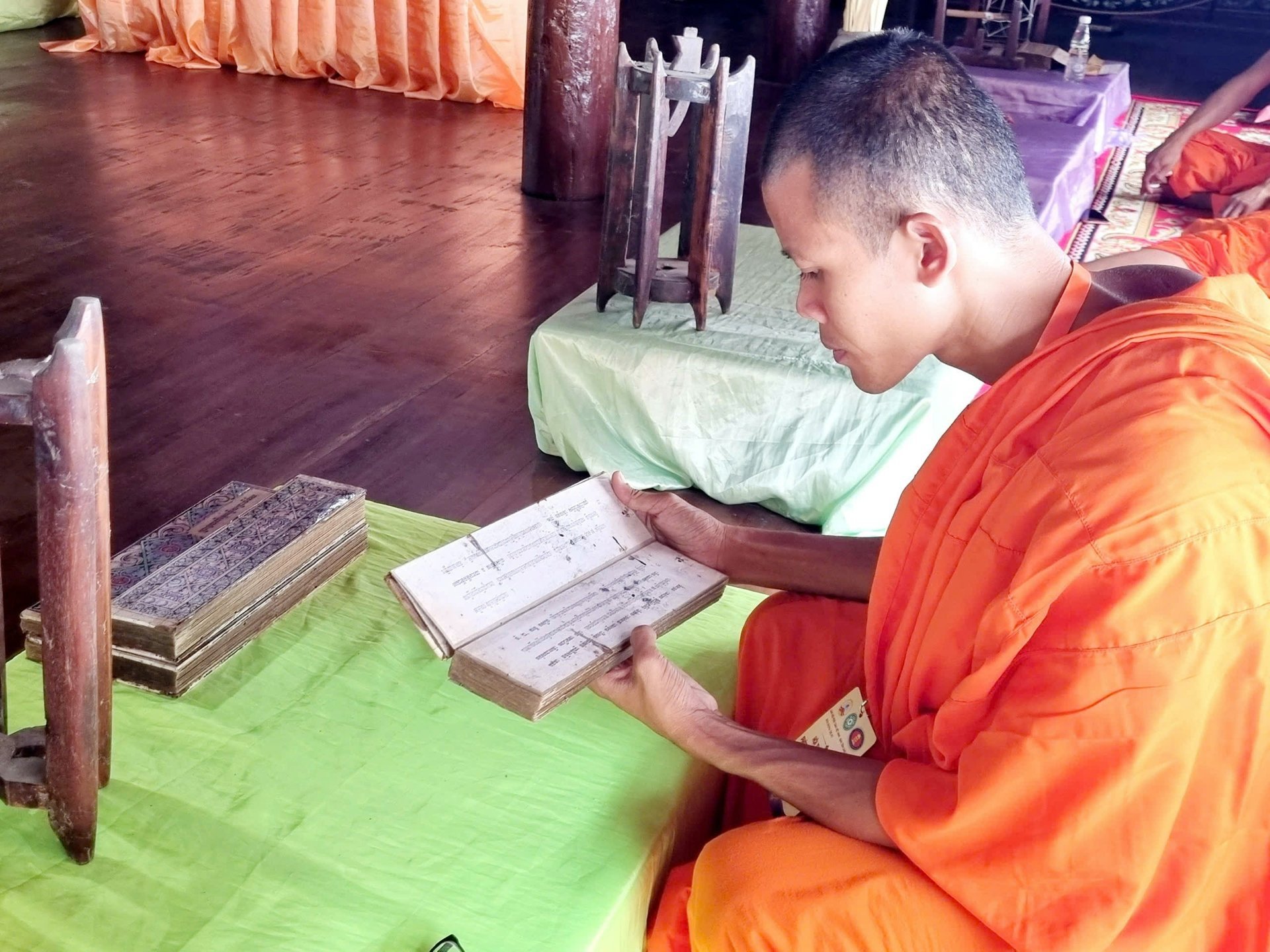

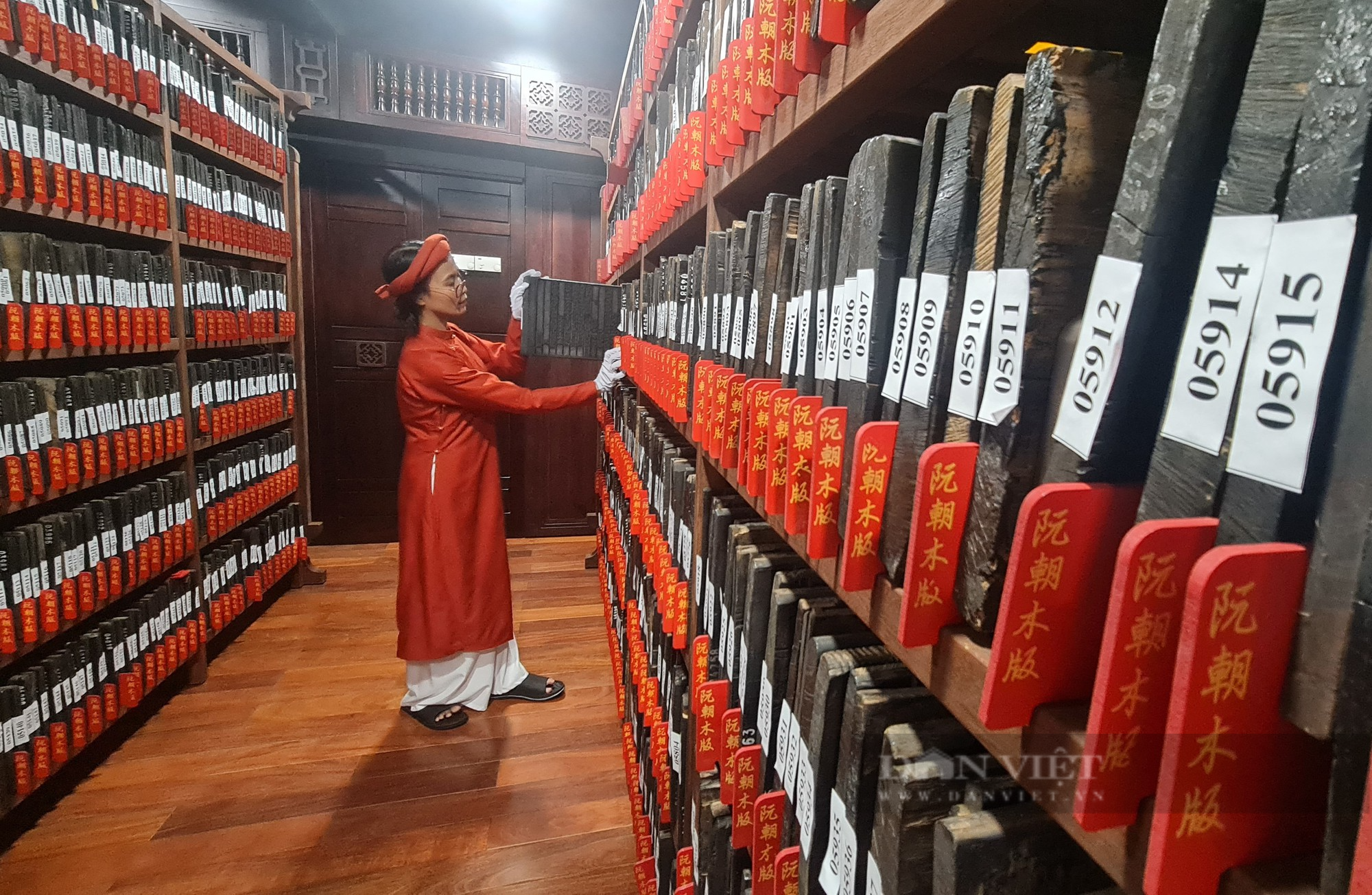
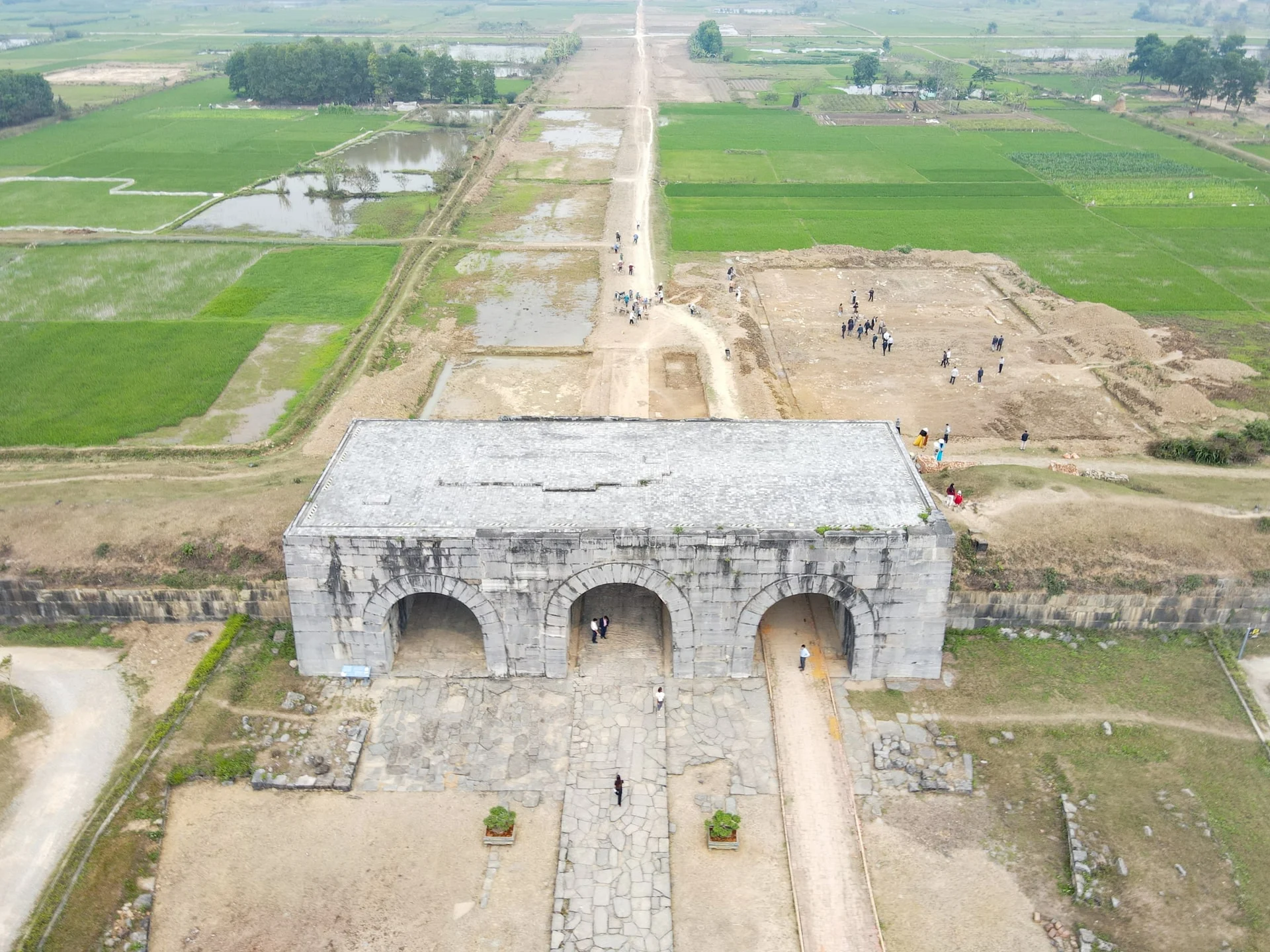
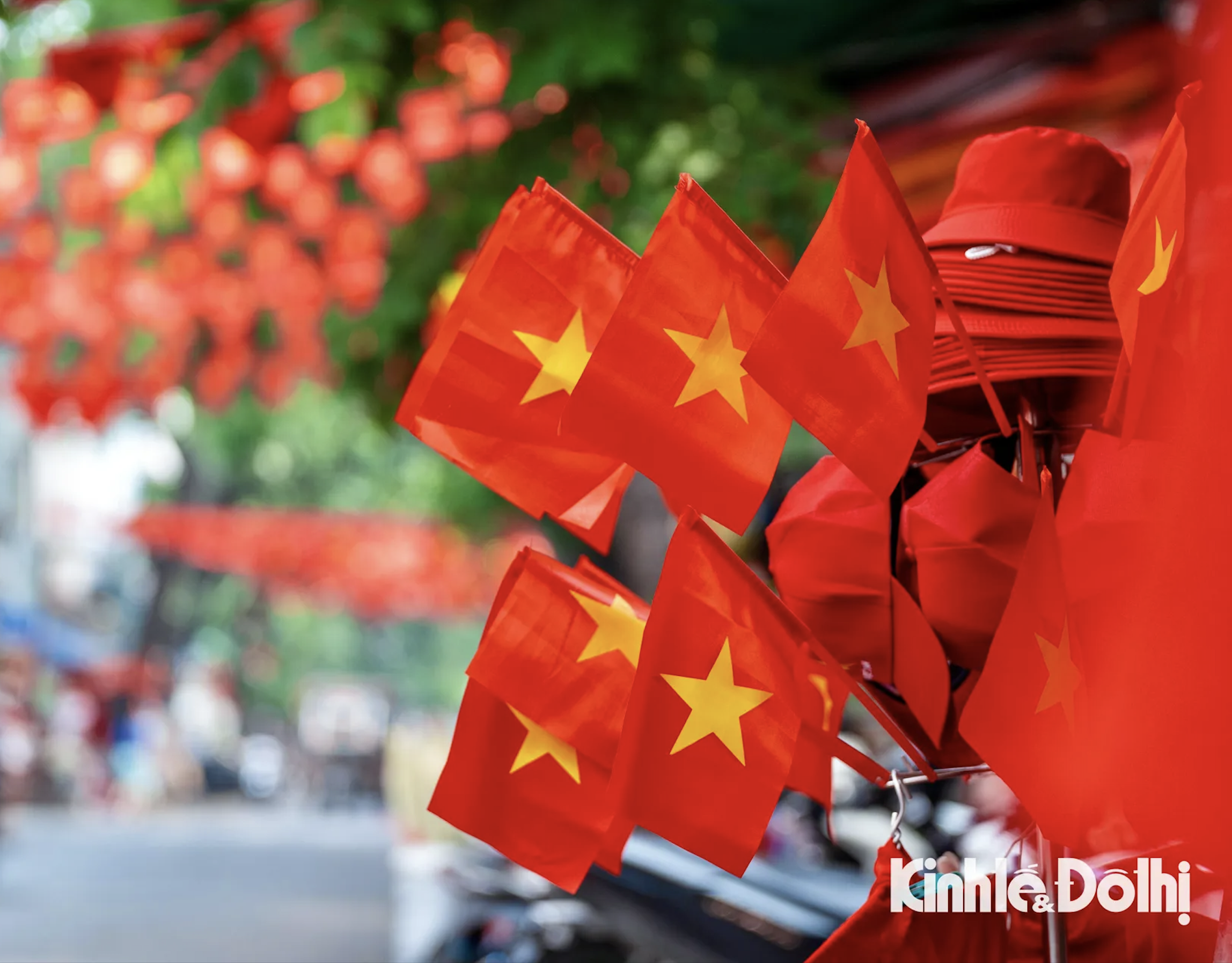




































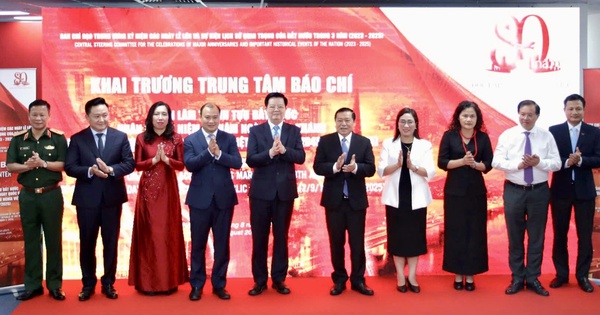

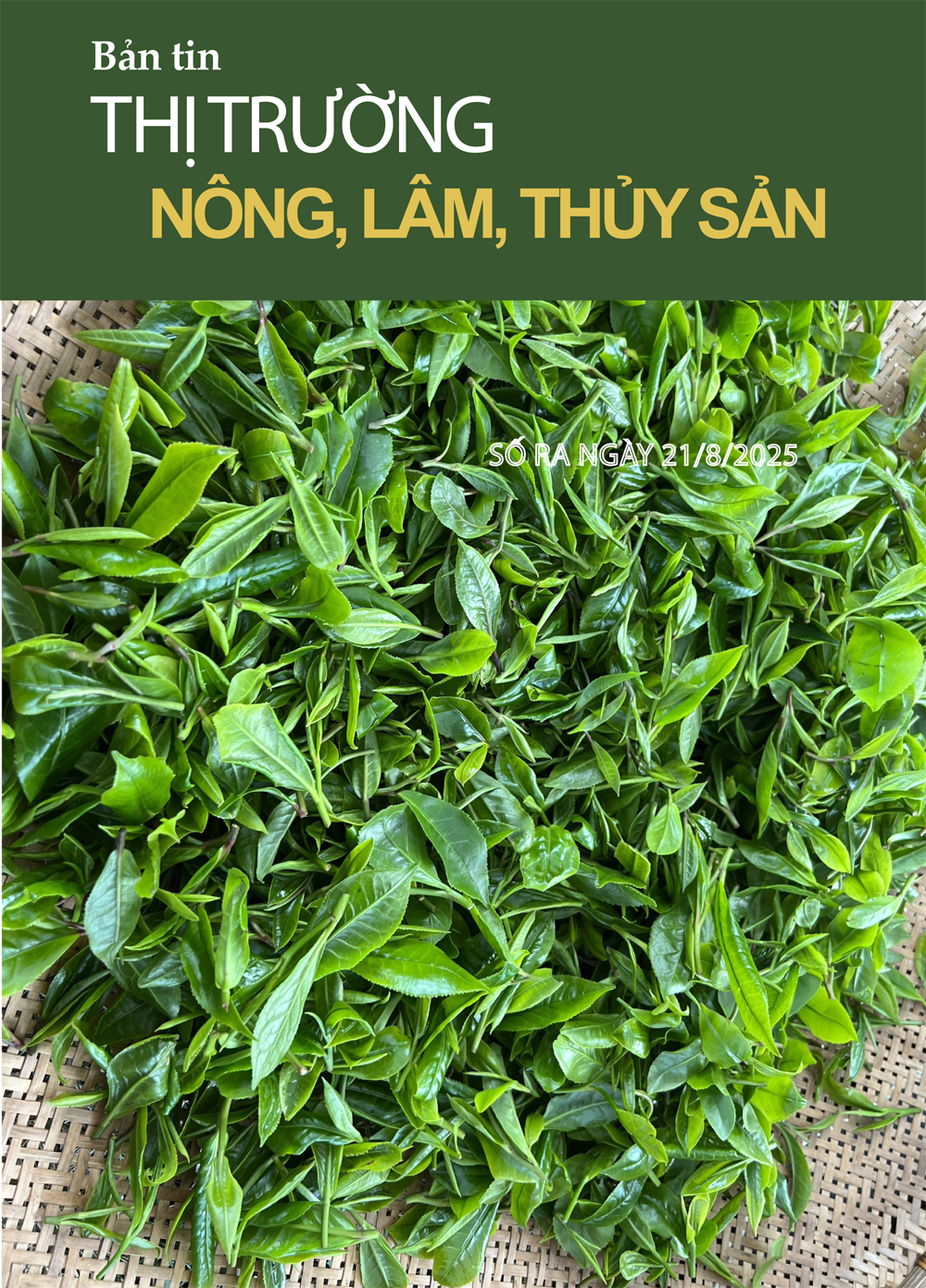




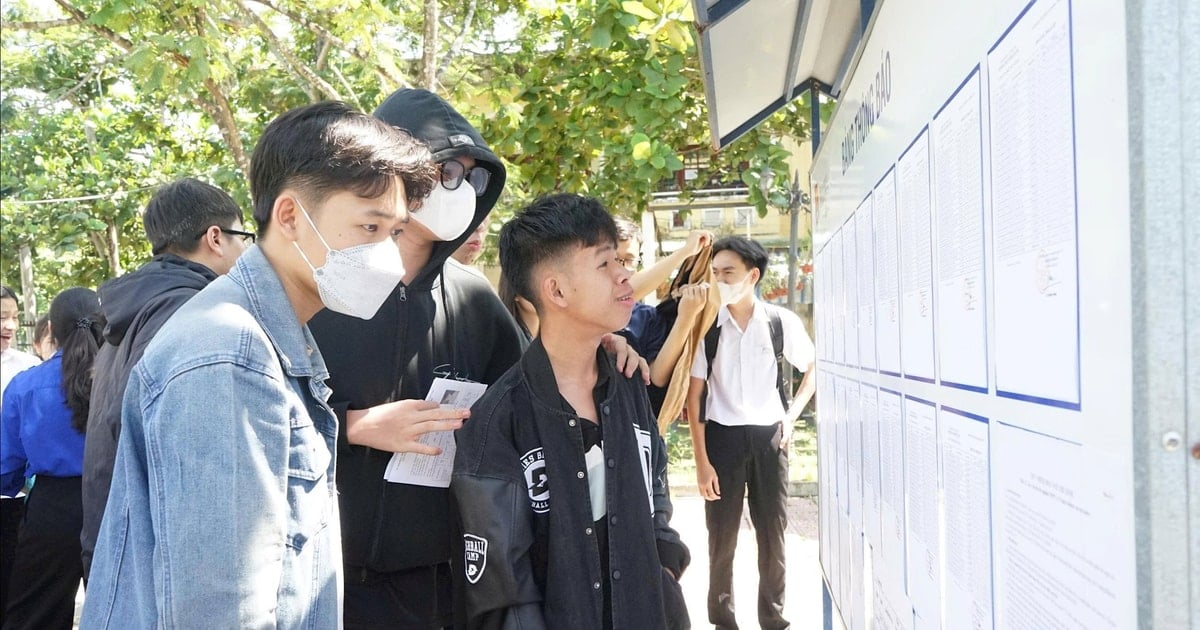

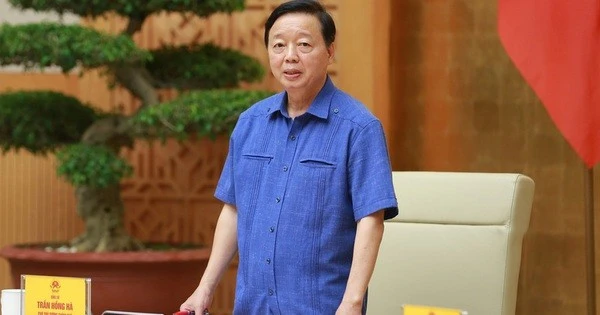




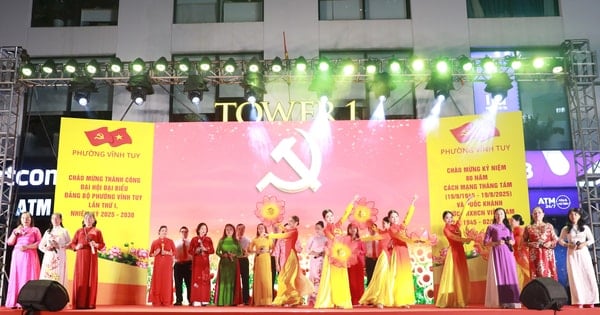














Comment (0)